
Martim Lobao
Contributing since September, 2015
-
242articles
Page 9
About Martim Lobao
Martim is more of a numbers guy. He likes biking. He goes rock climbing to overcome his fear of heights. He is also the former world-record holder for youngest man alive. To get in touch via email, please feel free to reach me at martim [at] androidpolice.com
Latest Articles

Xperia Blog has gotten its hands on press photos for the Xperia XZ and Xperia X Compact — two of the products that Sony is widely expected to launch tomorrow at IFA in Berlin. We had already seen images of the Xperia X Compact earlier this week, but it's the first time we get to view official photos of either device.
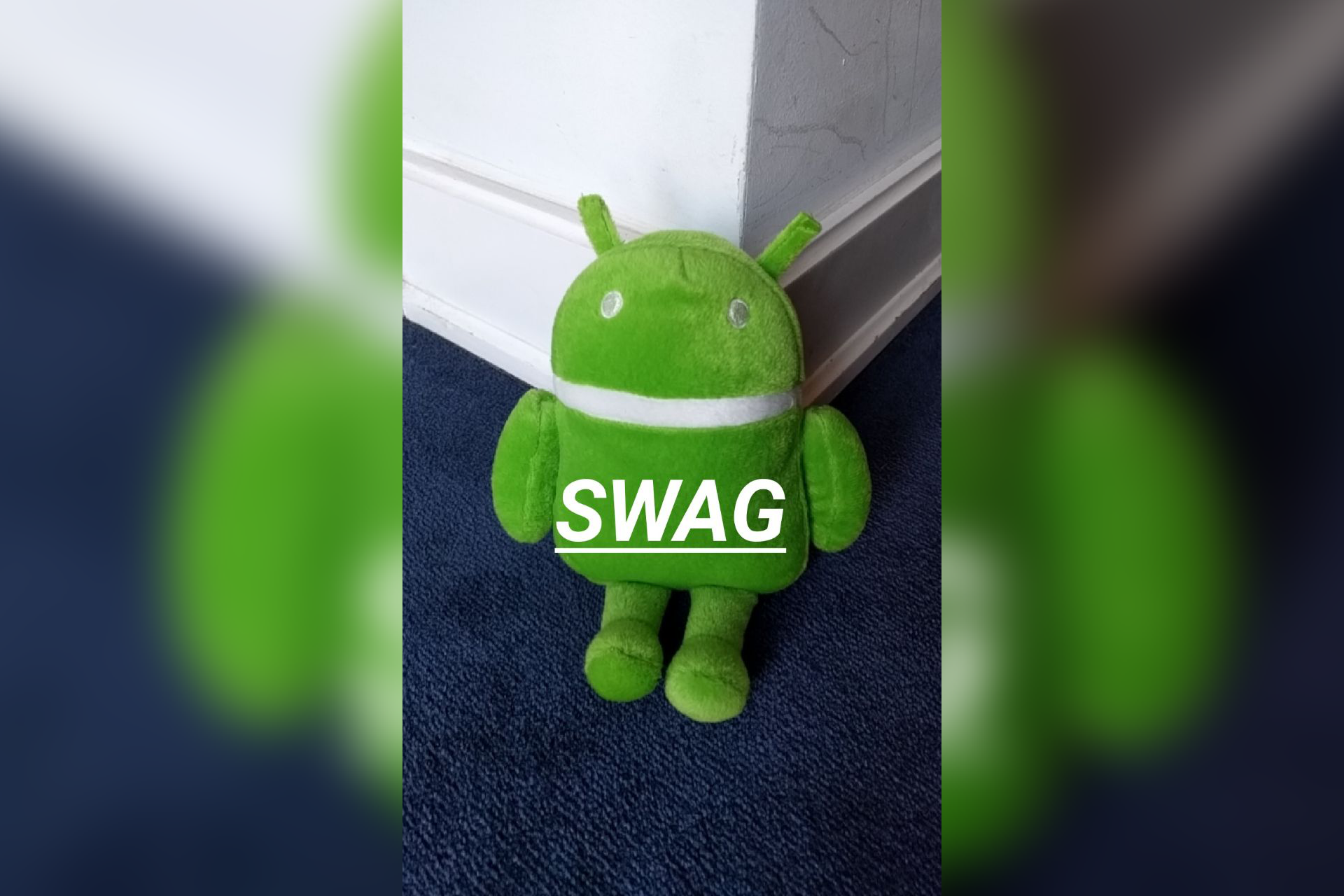
Snapchat makes it easier to create On-Demand Geofilters, updates Android app with text formatting and more

In February, Snapchat introduced a way for anyone to create custom geofilters for events such as birthdays or weddings (or almost anything else, really). Until now, creating a filter required at least a minimal level of mastery of tools such as Photoshop, so the feature wasn't truly accessible to many users. To address this, Snapchat has designed several templates that make it easy for anyone to make their own geofilter through Snapchat's website.

[Update: Honor 5X confirmed] Honor promises at least 24 months of OS updates for current and future phones

Read update
- Although it was suspected, it is now confirmed that the Honor 5X will benefit from this commitment from Honor, thus guaranteeing it'll receive software updates for at least 24 months from its release, just like the Honor 8. The policy and the devices included in it can be viewed on the HiHonor site.
Most OEMs don't have much of a reputation for providing timely and consistent OS updates. There are a few exceptions here and there — LG's V20 is set to become the first non-Nexus smartphone to launch with Nougat sometime around September — but while there may be a growing trend for devices to receive major updates shortly after they're released, it is much rarer to see them getting software support for more than a year or so. Only last year did Google begin promising 3 years of security updates and 2 years of major OS updates for all Nexus phones and tablets — which is still almost half as long as an iPhone's lifecycle.
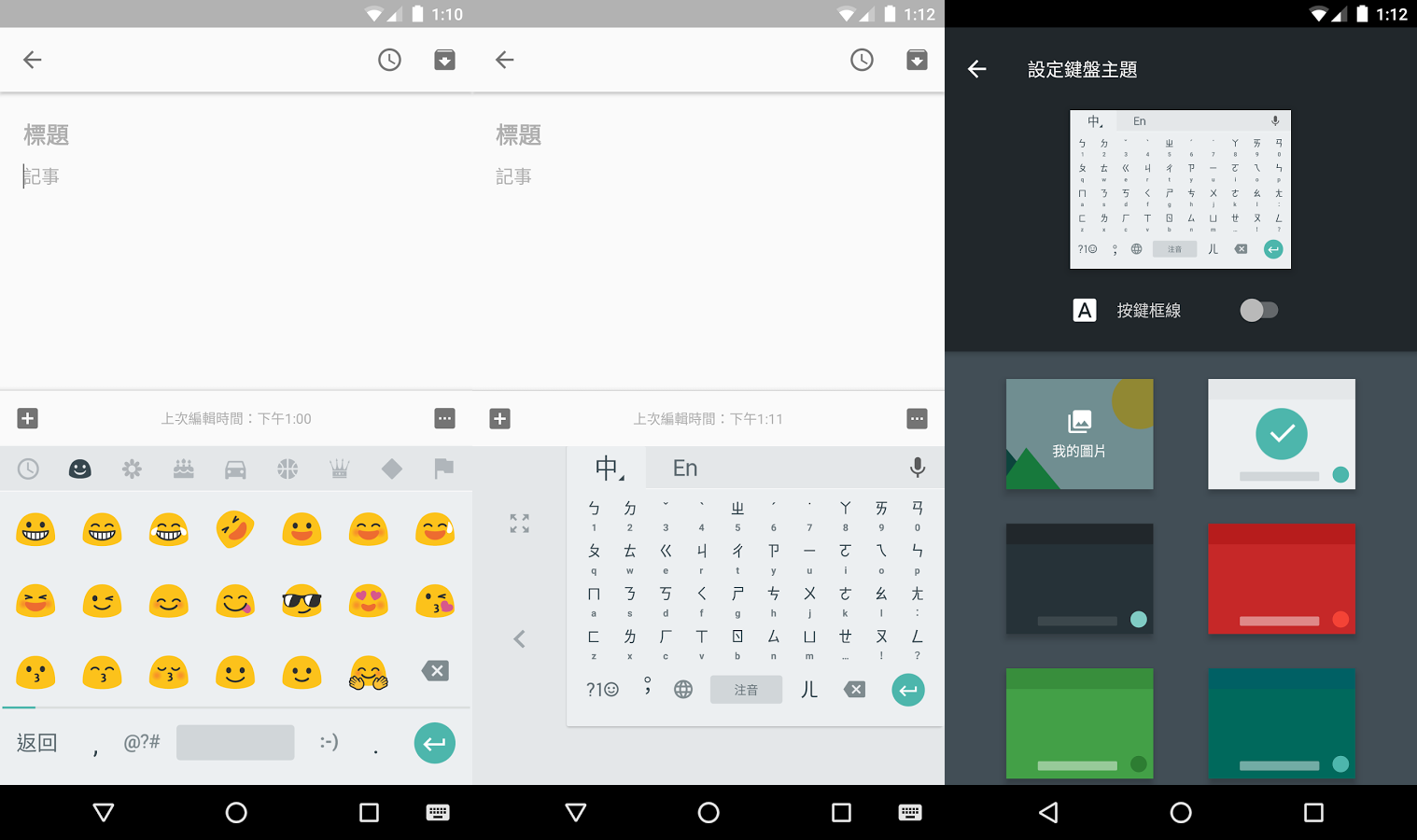
[Update: Japanese keyboard too] Many language-specific Google keyboards get Nougat support, theme support, and more

The English alphabet only includes 26 different letters, but for many other languages that are not descendant from Latin, the number of valid characters is much larger. It turns out that this can make creating a keyboard that works well in those languages a bit difficult — imagine having a keyboard with hundreds or thousands of keys and you begin to get the picture. That's why Google has developed dedicated keyboard apps with alternative input methods specifically designed for languages such as Pinyin or Cantonese to make is easier for many (or maybe even most) users around the world to type in their native tongue.

Google services are some of the most reliable on the web, but even Google can't guarantee 100% uptime. Many users (including most of us on the AP team) are seeing an error message when attempting to access Google Calendar online. These things are bound to happen roughly once in a blue moon, but it's always a bit of a surprise when they do.
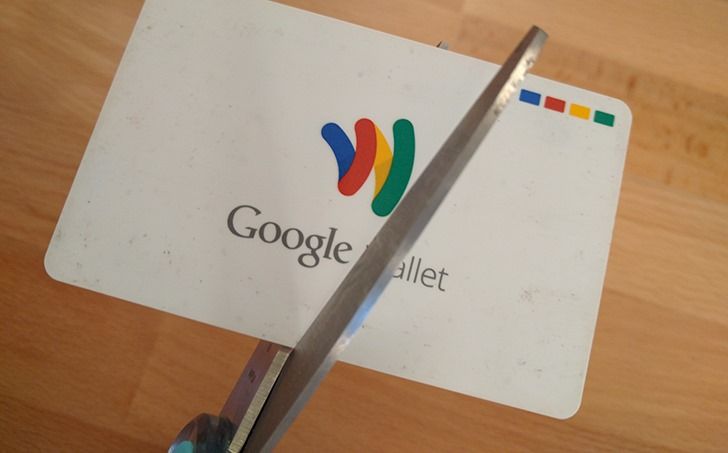
Back in March, Google began notifying Google Wallet users that the physical Wallet Card was on its way out. The card would continue to work normally until May, after which it would no longer be possible to top it up with funds from a bank account, and on June 30th, Wallet Card would be officially retired. Unfortunately for the dozens of customers who signed up for Wallet Card, that day has finally arrived.
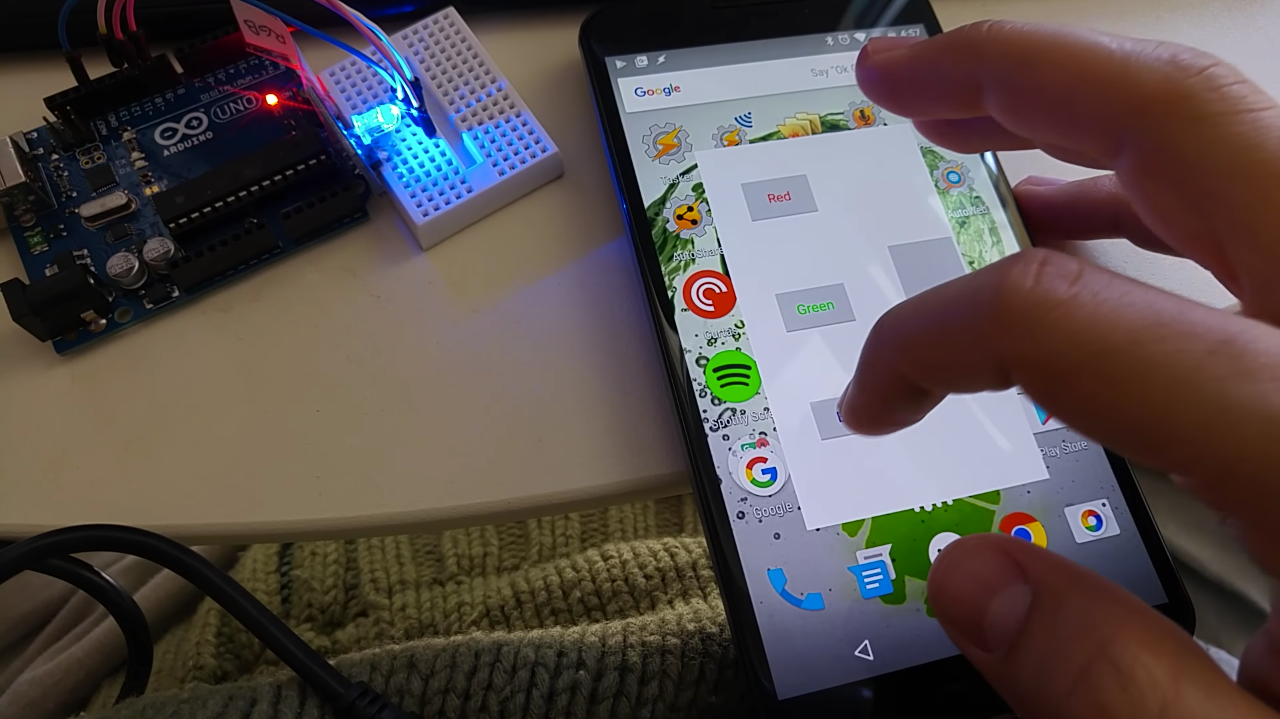
[Update: Out of beta] Developer Joaomgcd lets you control your Arduino from Tasker with new AutoArduino Tasker plugin

Read update
João Dias — better known to the world as joaomgcd — has just announced the beta version of a new Tasker plugin called the AutoArduino. The AutoArduino is just the latest in a series of over a dozen apps from the developer, and it lets owners of the programmable circuit board use Tasker to control any one of its countless digital and analog pins with nothing more than an Android phone or tablet.
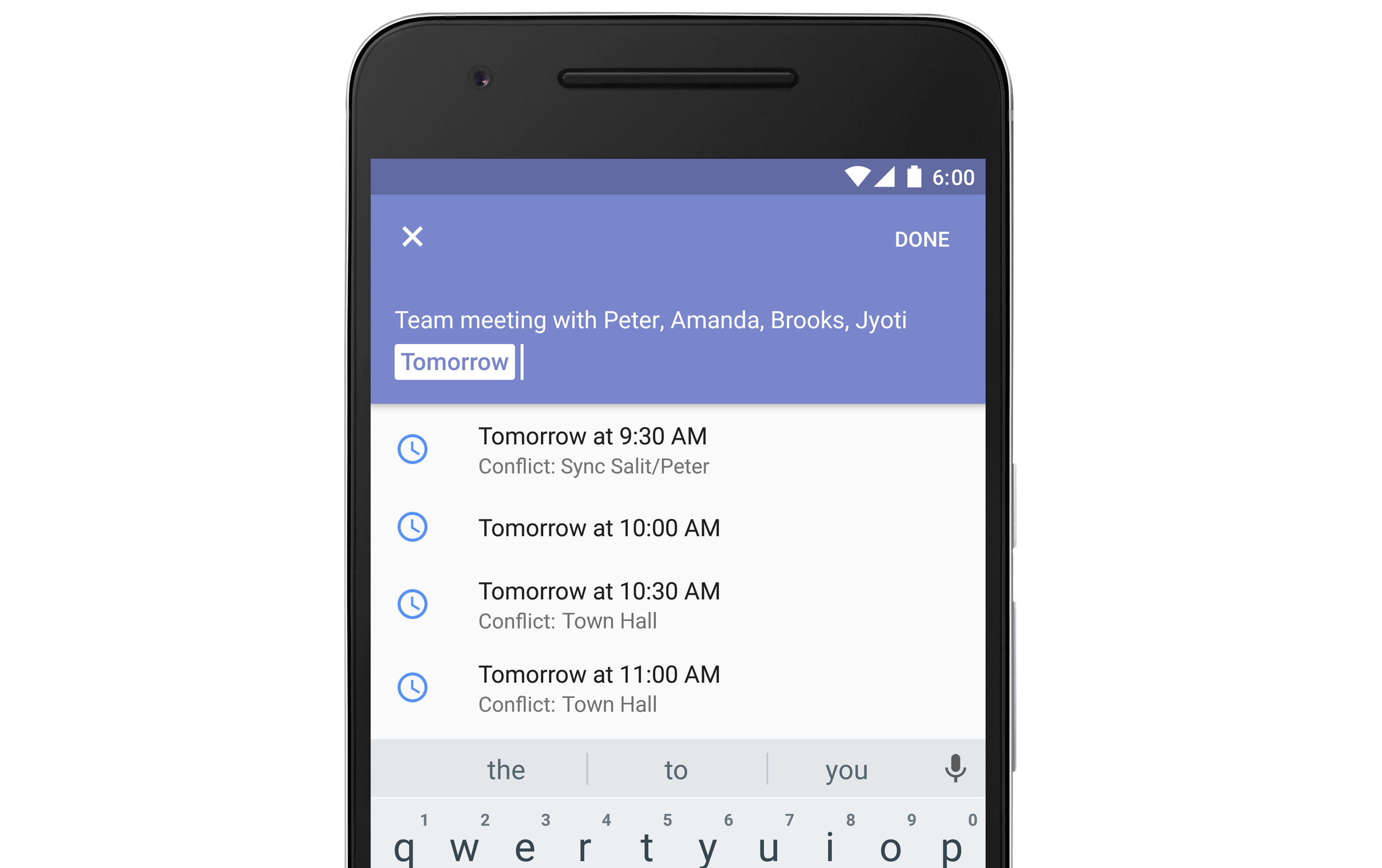
[APK Download] Google Calendar now finds when you're free when you schedule an event

A couple of months ago, Google's Calendar app received an update that allowed users with an Apps or Edu account to schedule meetings with multiple people based on when everyone was available. While Google Apps users are often last on the pecking order, this time it was regular users who didn't have access to the new "Find a time" feature, likely due to privacy concerns (it's one thing to share your work calendar with your coworkers, but entirely another to share your personal calendar with anyone with your email address).
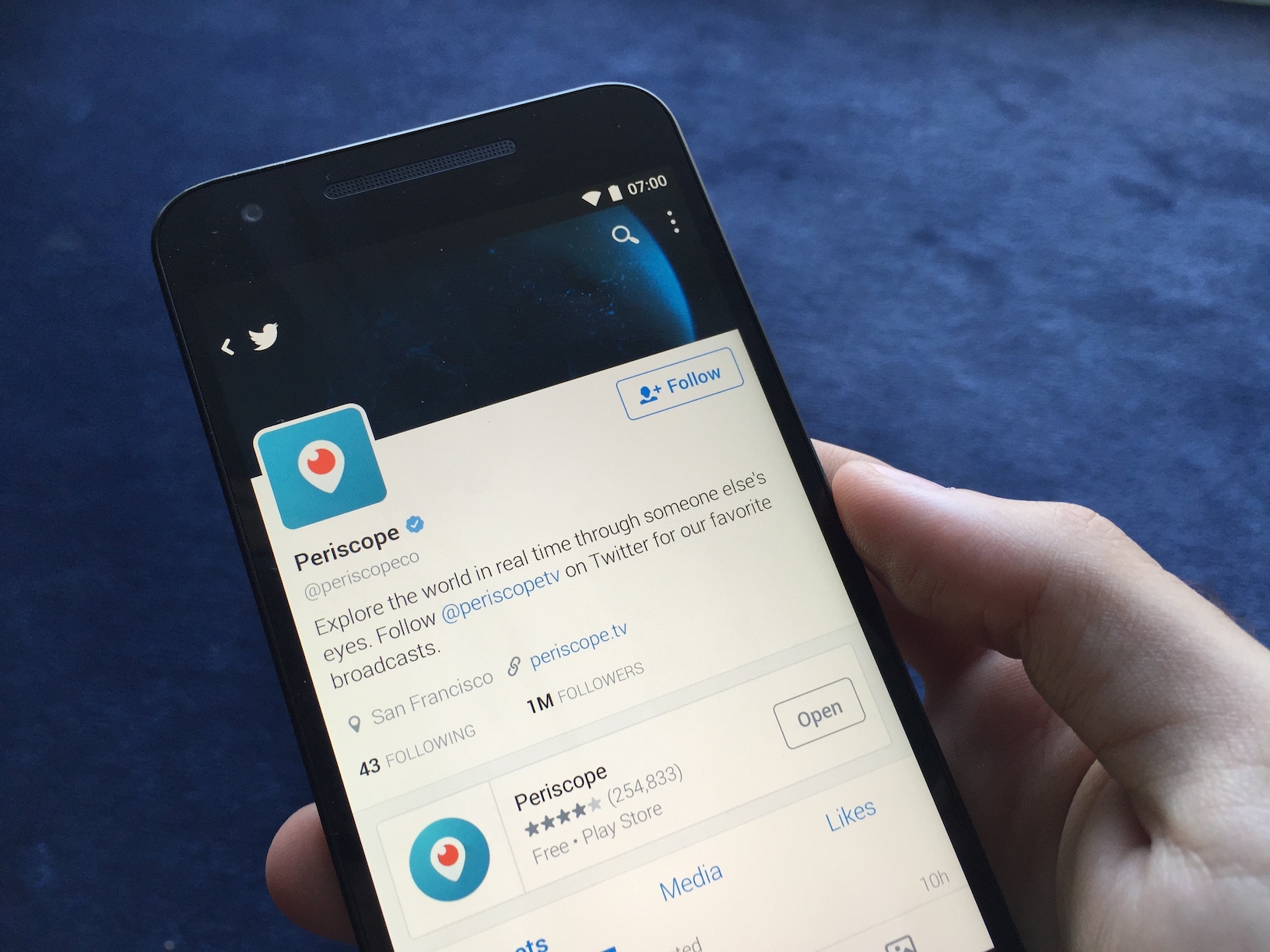
After an initial test back in May, Twitter has begun rolling out its new Periscope button to everyone on Android and iOS. When composing a tweet, users will now be greeted with a "Live" button within the media picker, serving as a shortcut to directly launch the Periscope app (or to download it if it isn't installed) and immediately begin live broadcasting to any audience.
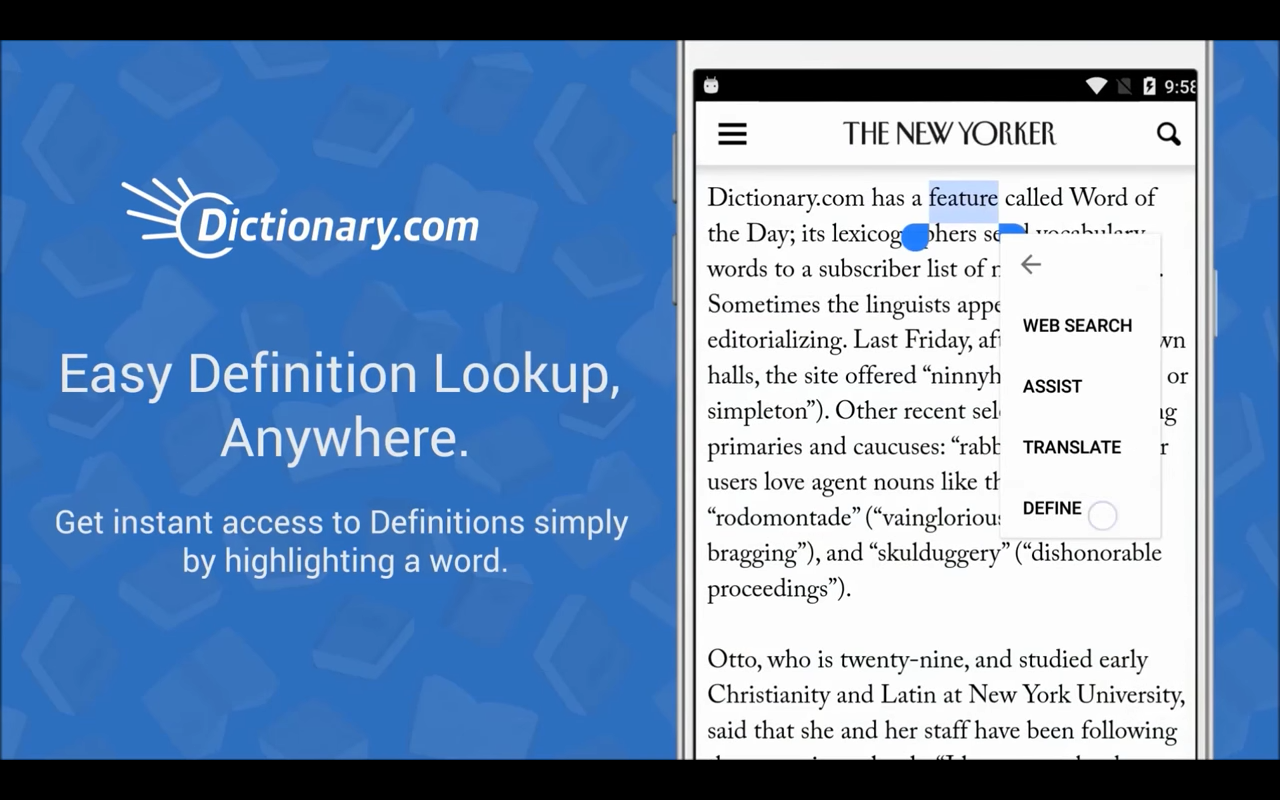
Big Dictionary.com update adds fresh new look and support for Marshmallow text selection search

Dictionary.com is one of the most popular dictionary apps on Android, with the free version racking up between 10 and 50 million downloads on the Play Store. An updated version of the app has just been released which brings a fresh coat of paint and some welcome new features.

Alright, so I get that most of what we cover here on Android Police probably goes straight over the head of an average Joe. Honestly, I don't expect anyone but the most hardcore Android enthusiasts to have ever heard of things like Google Play Services, kernel sources, or unlocked bootloaders. Heck, I'm always more than happy to teach people how to set up Google Photos and backup their digital memories for free or to use a Chromecast to mirror video and audio to a TV. It's my job to know this, and I'm fine with other people having different interests.

These Are The Two Emoji That Weren't Approved For Unicode 9 But Which Google Added To Android Anyway

If you've ever come across the comments section of a YouTube video, you know that being first at something is usually a very coveted position. However, being first isn't also without its downsides, and Google's recent support of Unicode 9 emoji in Android N might be a good example of that.
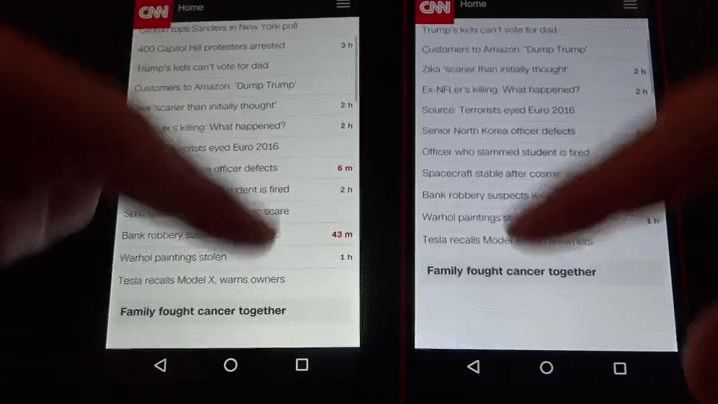
Chrome 51 Supports New Anti-Jank And Power-Saving Tweaks, Removes Merged Tabs [APK Download]

After hitting the beta channel back in April, Chrome version 51 has just been pushed to Stable with a new API that allows sites to interact with the browser's credential manager and some under-the-hood changes that should improve the scrolling experience and power consumption on both mobile and desktop. It also entirely removes the option to have Chrome tabs show up in the recent apps view on Android, which was introduced in Lollipop.

[Shrug, Facepalm] For The First Time Ever, Android Supports More Emoji Than iOS Does

For a long, long time, emoji support on Android has been playing catch-up with iOS — sometimes lagging behind by as much as several years. In many cases, characters sent from another device (such as an iPhone) wouldn't display at all on Android, leaving a lot of information lost in translation. Even the few characters that did render were often depicted differently: if you've been on Android since the days of Jelly Bean, you probably remember those peculiar little monochrome Bugdroids that Google used in lieu of smiley faces.
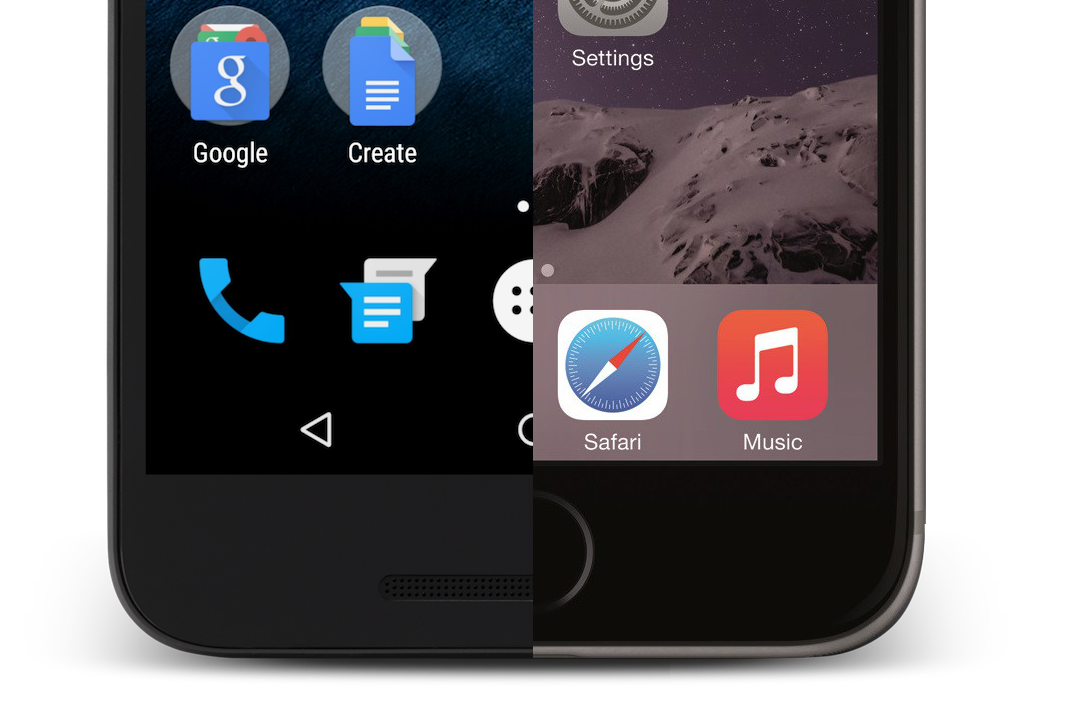
Honeycomb, the first Android version designed specifically with tablets in mind, was released way back in February 2011. It was built exclusively for large screens and was never meant to reach phones, but it paved the way for Ice Cream Sandwich, arguably one of the most significant updates to ever hit Android. Taking several cues from Honeycomb, Android 4.0 brought about some of the biggest changes to the OS, not the least of which was the advent of virtual or on-screen navigation buttons.
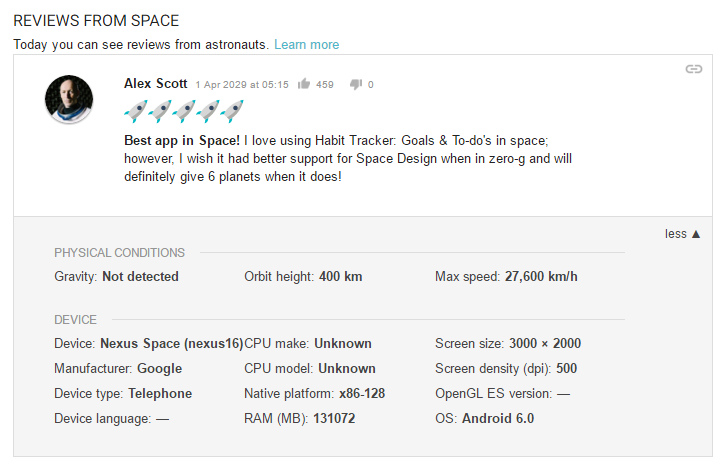
Google Teases Nexus Space Smartphone With 7.2" Screen In Early April Fools Joke From Low Earth Orbit

It may not be April yet, but that's not stopping Google from beginning its April Fools shenanigans. Several app developers have begun noticing a new section entitled "Reviews from Space" in their developer console, populated with a single 5-rocket-ship review from an astronaut named Alex Scott. The glowing review is sent from April 1, 2029, which might explain its premature nature: traveling back to the past has no doubt taken a toll on Mr. Scott's sense of time.
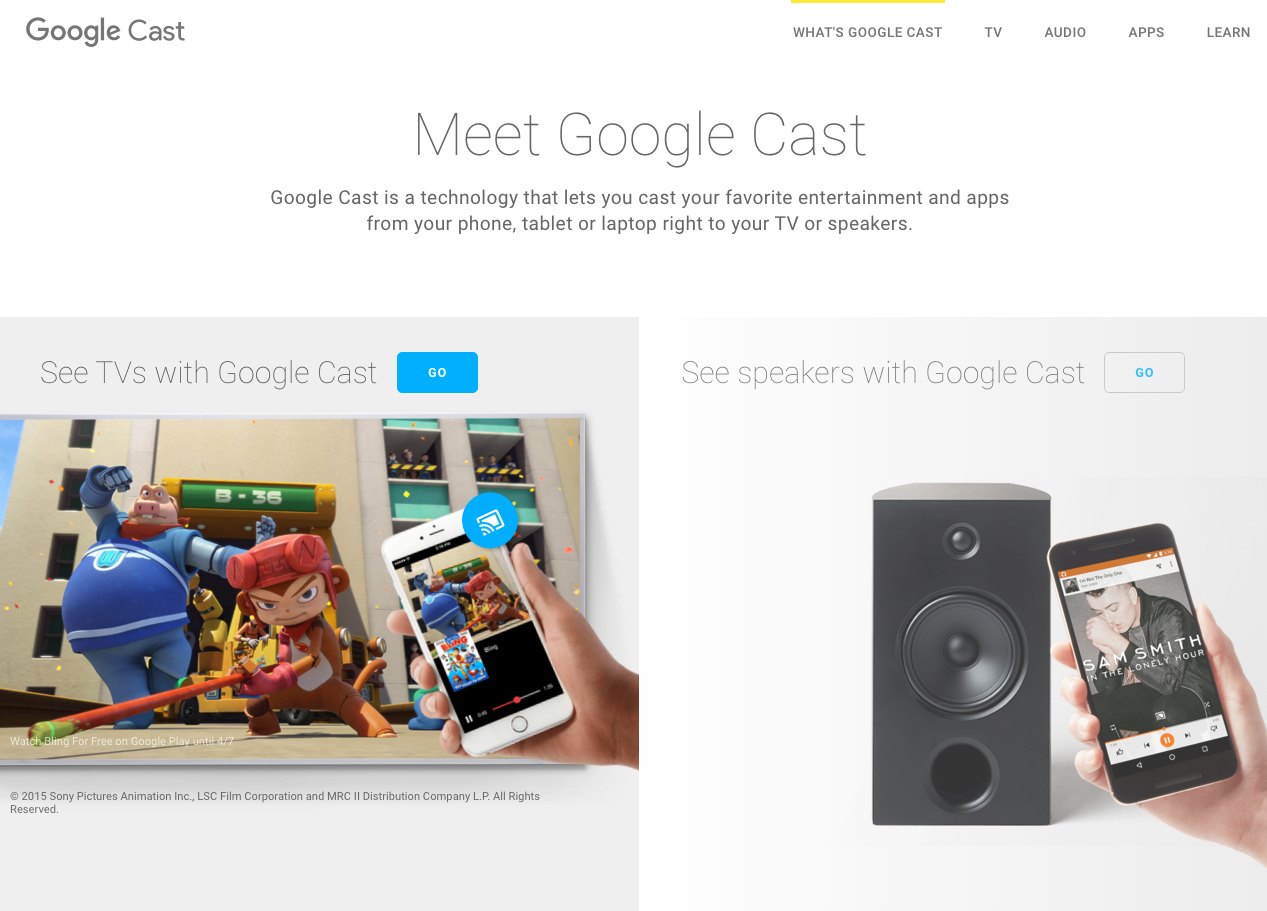
The Chromecast has come a long way since its inception, and it is now much more than just a way to mirror a browser tab to your TV. In fact, most of the ways you can use a Chromecast today have little or nothing to with Chrome itself, and run exclusively on Google's underlying Cast technology. Google is well aware of this drift away from Chrome, which is why it will soon be updating the Android and iOS Chromecast apps to reflect the change: later this week, the Chromecast app will change its name to Google Cast.
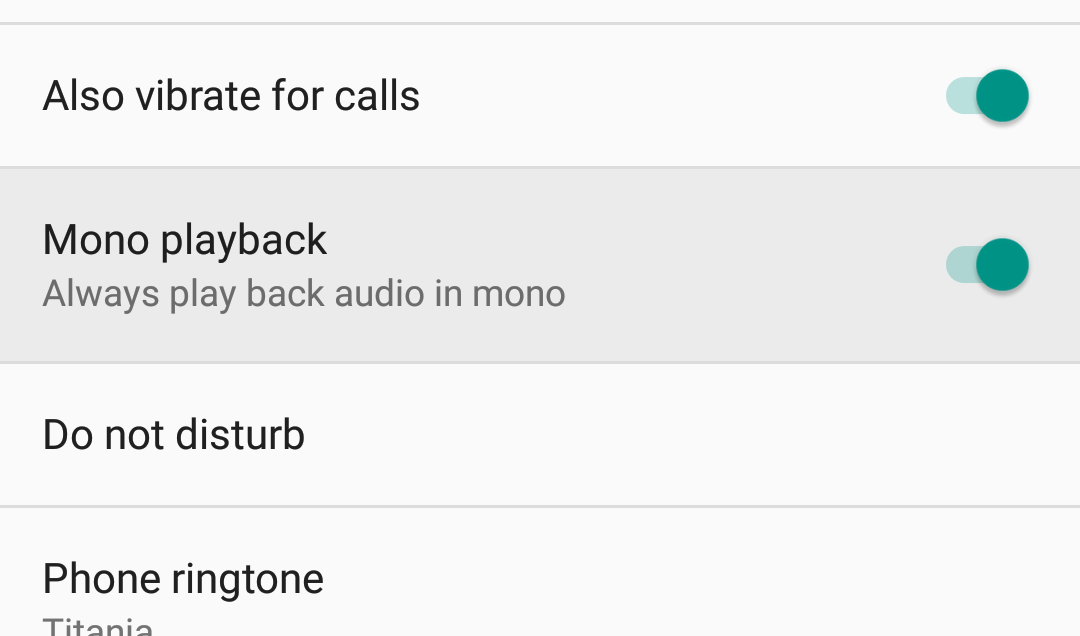
The developer preview of Android N may have been released a week ago, but we're still discovering loads of changes and new stuff across the OS. The most recent one that's come to our attention is a new toggle in Sound Settings for mono audio, which makes both left and right audio channels get played back simultaneously through any active sound output.

Telegram 3.7 Brings Updates To Supergroups With Support For 5000 Members, Pinned Posts, And More

Telegram's Supergroups were introduced back in November to let group admins bump up the member limit of regular groups from just 200 users to 1000. Surely, there's no way anyone would ever need to make a group larger than that, right? Wrong — at least according to Telegram's developers: version 3.7 now supports groups up to a whopping 5000 members. "That's 5 times as good," and it's hard to argue with that logic.
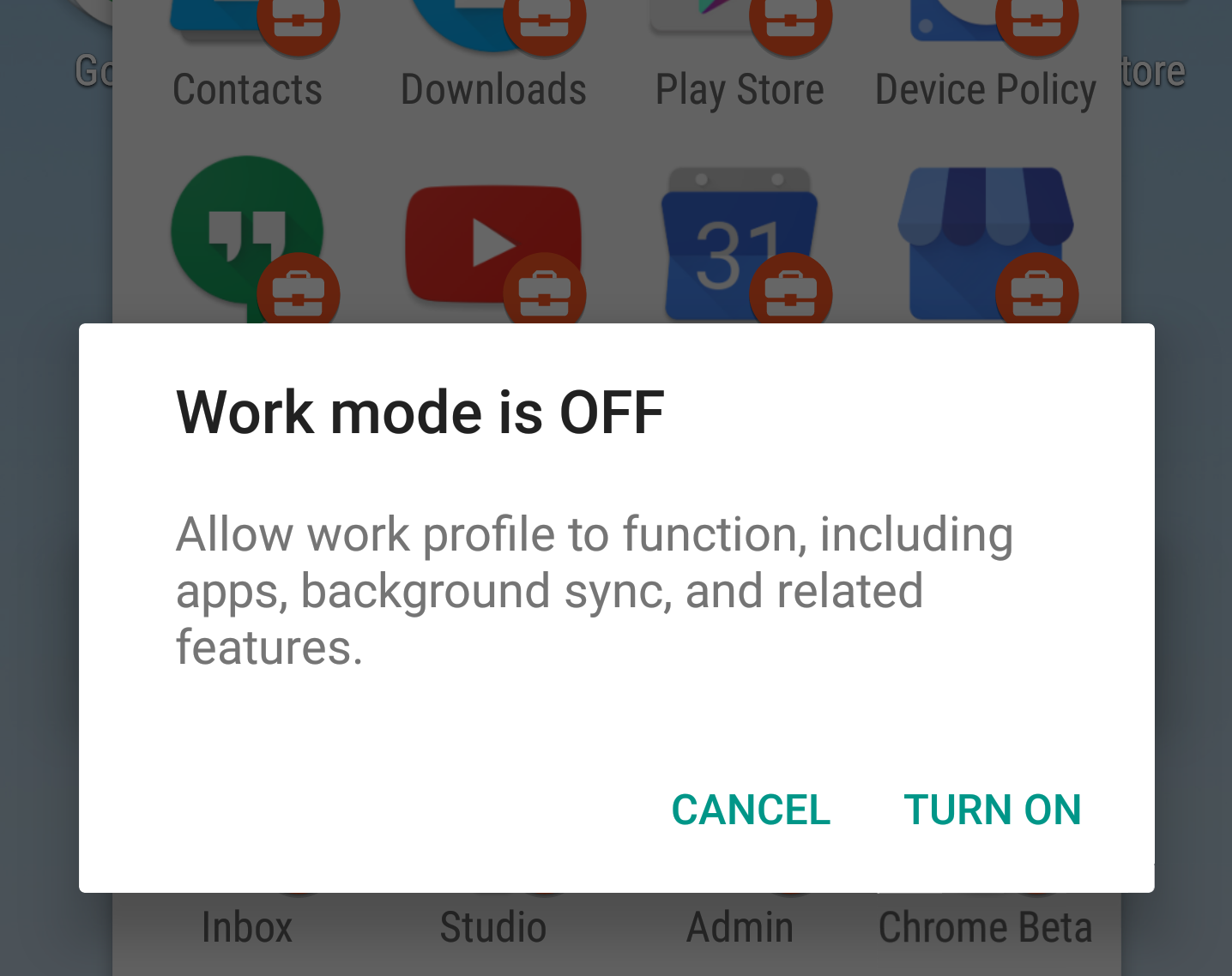
Android N Feature Spotlight: Android For Work Updated With Profile Security Challenge, Wallpaper Locking, Work Mode Toggle, And Much More

Google is really focused on making Android more work-friendly, and N adds a bunch of new features to improve Android for Work. For starters, there's now a toggle that'll completely disable a device's work profile, including apps, notifications, and background sync. While work mode is turned off, a persistent icon will be displayed in the status bar to remind users that work apps can't launch.
